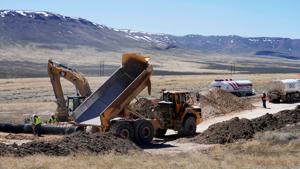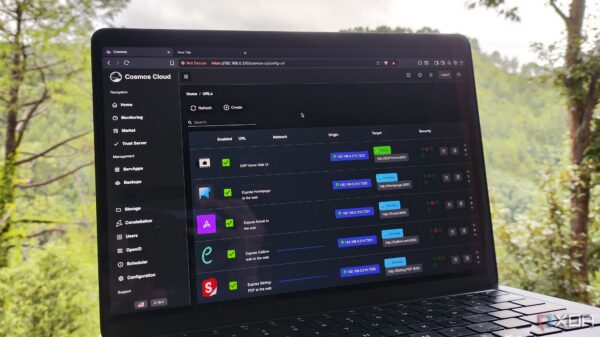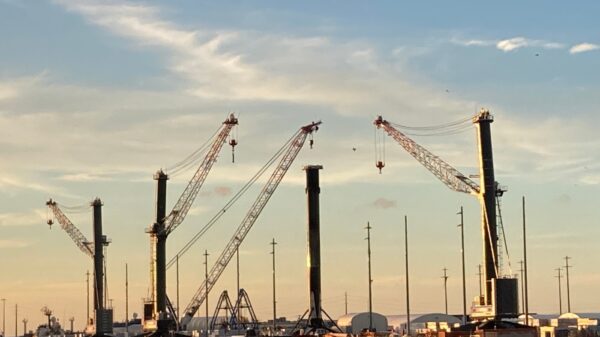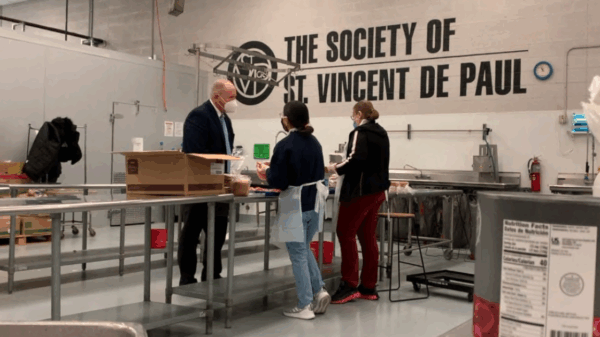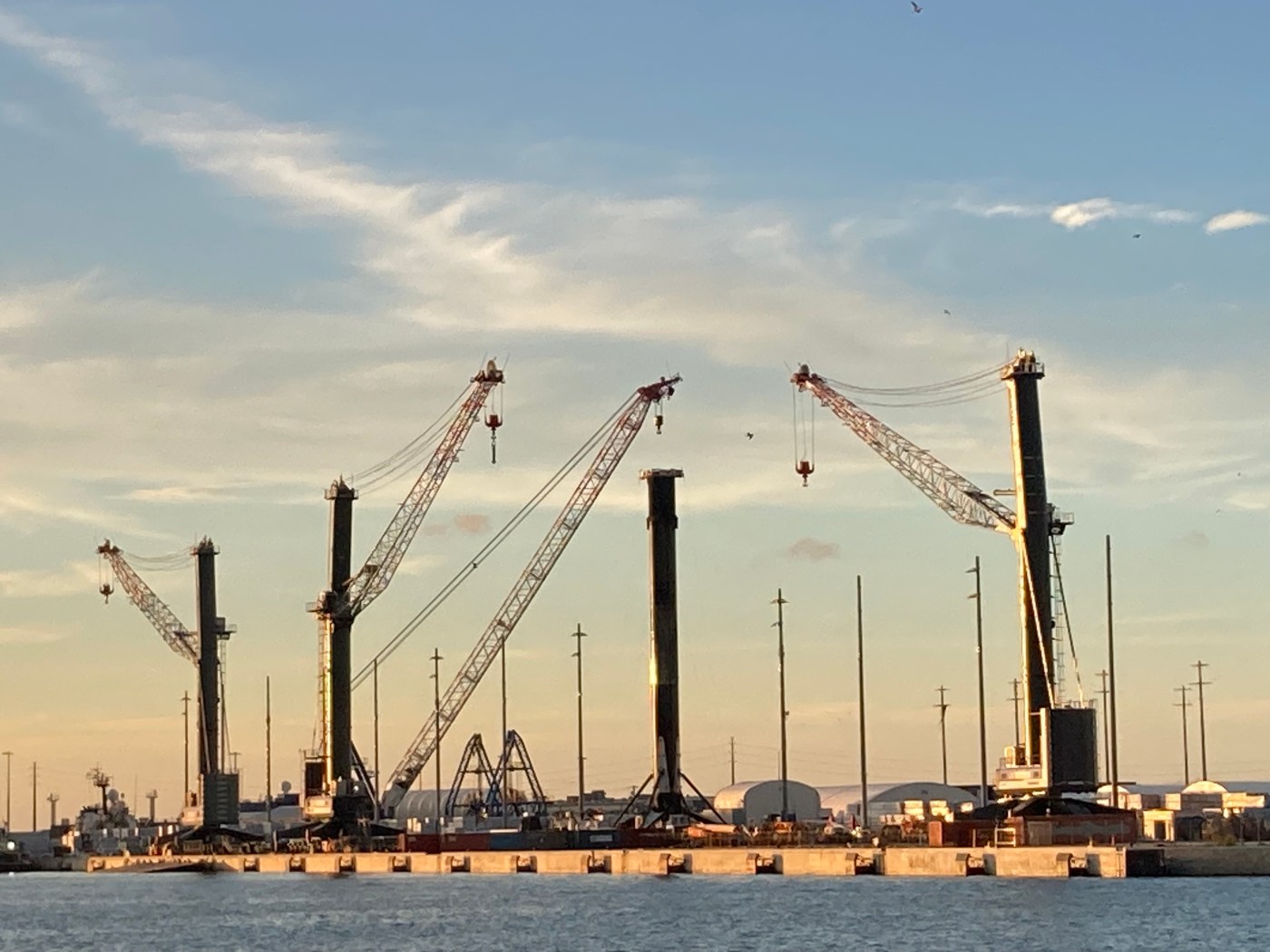Port Canaveral is bolstering its capacity for rocket recovery operations by introducing a third mobile harbor crane, which arrived on August 3, 2023. This addition comes in response to the increasing demands of the space industry, particularly from companies like SpaceX and Relativity Space. Port CEO Capt. John Murray noted that the new crane has been specifically modified to accommodate the requirements of the evolving space launch landscape.
The modifications to the crane were necessary to handle potential changes in rocket designs. Murray explained, “We had this crane modified somewhat to accommodate Relativity Space’s rocket that they may be modifying, and it may not work as we originally intended.” This flexibility is crucial as the specifications for the rockets are subject to change. Port Canaveral’s existing cranes, two of which stand over 320 feet tall, have also undergone modifications to better serve the space industry.
SpaceX has primarily utilized the port’s cranes for recovering Falcon 9 boosters from its drone ships after Atlantic launches. Currently, the port’s operations include recovering a significant number of rocket components. Over the first eleven months of its 2025 fiscal year, Port Canaveral successfully recovered 81 boosters and 176 fairings.
Future Prospects for Rocket Recovery
The introduction of the new crane aligns with a broader trend in the space industry, as more companies, including Blue Origin and Relativity Space, ramp up their launch schedules. A report commissioned by Space Florida indicated that SpaceX pays approximately $61,000 for each booster recovery operation. Nevertheless, this aerospace support represents less than 1% of the port’s total revenue.
The report emphasizes the anticipated increase in maritime support requirements as companies like Blue Origin and Stoke Space prepare to enhance their launch frequencies. Notably, the Federal Aviation Administration (FAA) recently approved SpaceX to increase its Falcon 9 launches from the Cape Canaveral pad from 50 to 120 annually. The company also aims to boost launches from the Kennedy Space Center from 20 to 36, which could lead to a total of 102 booster landings in the Atlantic, alongside 54 targeted land recoveries.
Relativity Space, which has only conducted one flight of its smaller Terran 1 rocket, is preparing to launch its larger Terran R rocket. The Space Force has granted approval for Relativity to conduct up to 24 launches per year, further increasing the demand for recovery operations at Port Canaveral.
Preparing for Increased Launch Activity
Blue Origin’s crane at the port, at 375 feet, is currently the tallest structure in the area but has not yet been utilized for operational rocket recovery. This may soon change, as the company gears up for its second launch of the New Glenn rocket. Despite an unsuccessful booster landing attempt on its inaugural flight, Blue Origin remains poised to commence recovery operations.
The Space Florida report estimates that total launch and recovery missions from the Space Coast could exceed 200 by 2028, with projections suggesting a potential expansion to as many as 1,250 missions over the next fifty years. This anticipated growth underscores the importance of Port Canaveral’s new crane and the continued investment in infrastructure to support a rapidly evolving space industry.







